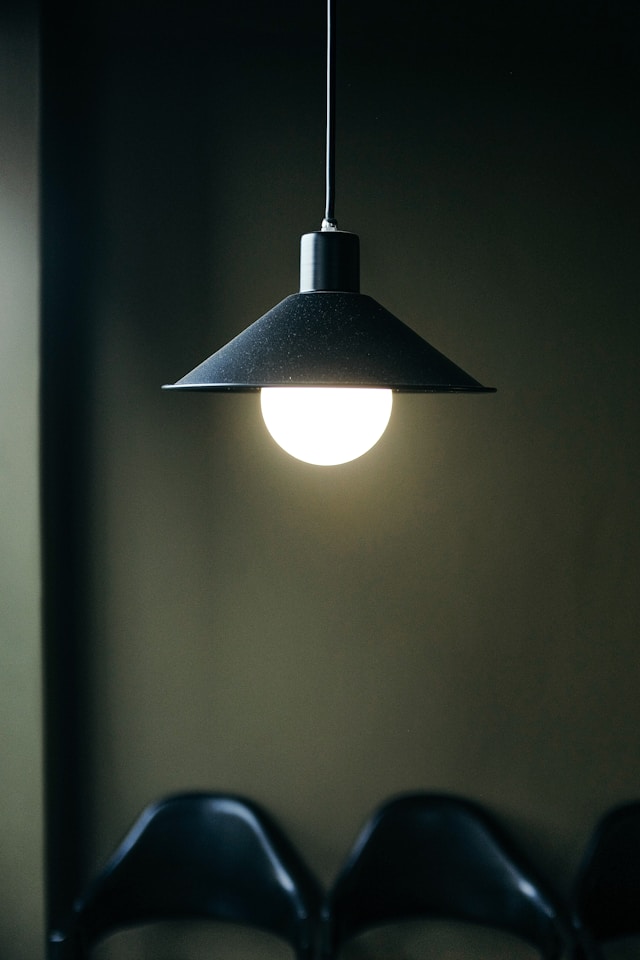
Lighting plays a critical role in illuminating indoor and outdoor spaces, enhancing visibility, safety, and ambiance while also influencing mood and productivity. Lighting systems encompass a variety of fixtures, bulbs, controls, and technologies designed to meet different illumination needs and preferences.
Types of Lighting Fixtures:
- Ceiling Lights: Ceiling lights, including chandeliers, pendant lights, flush mount fixtures, and recessed lights, provide general illumination to entire rooms or specific areas. They come in various styles and designs to complement different interior aesthetics.
- Wall Sconces: Wall sconces are mounted on walls and provide focused or indirect lighting for tasks, accenting artwork, or creating ambiance. They come in a range of styles, from traditional to modern, and can incorporate features like adjustable arms or shades.
- Floor Lamps: Floor lamps are freestanding fixtures that provide supplemental lighting and decorative accents in living rooms, bedrooms, and home offices. They come in various heights, designs, and finishes, offering flexibility in placement and style.
- Table Lamps: Table lamps are versatile lighting solutions for desks, bedside tables, and side tables, offering focused task lighting or ambient illumination. They come in different sizes, shapes, and materials to complement various décor schemes.
- Track Lighting: Track lighting systems consist of multiple adjustable fixtures mounted on a track, allowing for customizable illumination of specific areas or objects. They are commonly used for highlighting artwork, architectural features, or retail displays.
- Landscape Lighting: Landscape lighting enhances outdoor spaces such as gardens, pathways, and patios, improving safety and security while adding visual interest. Fixtures include path lights, spotlights, deck lights, and in-ground well lights, often featuring weather-resistant designs.
Types of Lighting Bulbs:
- Incandescent Bulbs: Incandescent bulbs produce light by heating a filament wire until it glows. They are inexpensive but less energy-efficient and have a shorter lifespan compared to other types of bulbs.
- Compact Fluorescent Lamps (CFLs): CFLs use a fluorescent tube to produce light and are more energy-efficient than incandescent bulbs. They come in various shapes and sizes and can be used in a wide range of fixtures.
- Light-Emitting Diode (LED) Bulbs: LED bulbs are highly energy-efficient, long-lasting, and versatile, offering bright and clear illumination in various color temperatures. They are compatible with most lighting fixtures and are ideal for both indoor and outdoor applications.
- Halogen Bulbs: Halogen bulbs are a type of incandescent bulb that uses halogen gas to improve efficiency and lifespan. They provide bright, white light and are commonly used in floodlights, track lighting, and automotive headlights.
- Smart Bulbs: Smart bulbs are LED bulbs that can be controlled remotely via smartphone apps or smart home systems. They offer features like dimming, color changing, and scheduling, allowing for customizable lighting experiences.
Lighting Control Systems:
- Dimmer Switches: Dimmer switches allow users to adjust the brightness of lighting fixtures, creating the desired ambiance and saving energy by reducing electricity consumption.
- Timers: Timers can be used to schedule lighting to turn on or off at specific times, enhancing security and convenience while conserving energy.
- Motion Sensors: Motion sensors detect movement and automatically turn lights on or off, providing hands-free illumination and enhancing safety in areas such as hallways, staircases, and outdoor spaces.
- Smart Lighting Systems: Smart lighting systems integrate lighting fixtures, bulbs, and controls with wireless technology, allowing for remote control, automation, and customization via smartphone apps or voice commands.
Overall, lighting and lighting systems are essential components of interior and exterior design, providing illumination, functionality, and ambiance to enhance the comfort and enjoyment of living and working spaces.
